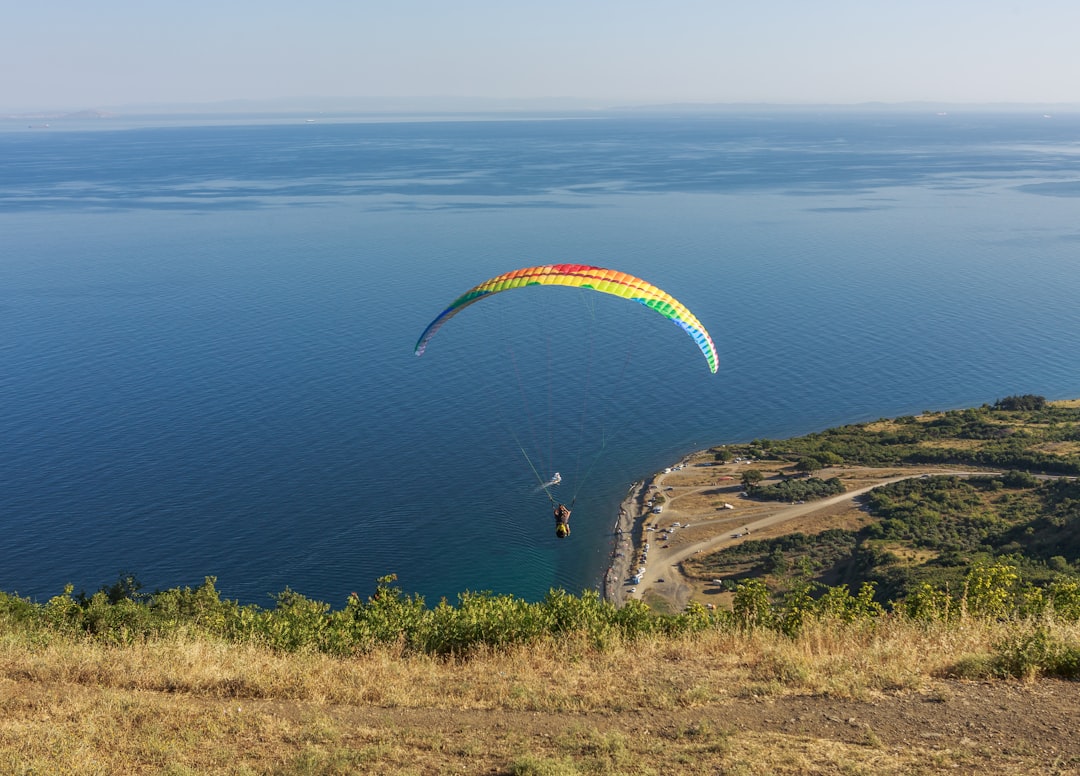
How to Find Hidden Waterfalls: A Traveler's Guide
# Introduction. Hidden waterfalls are among nature's most enchanting treasures. Often tucked away in serene surroundings away from the bustling crowds, these picturesque sites offer a perfect escape for adventure seekers. Whether you're looking for a secluded spot for reflection or a picturesque backdrop for your travel photos, finding hidden waterfalls can be a thrilling endeavor. This guide will walk you through practical steps and helpful tips to discover these marvelous natural wonders. # Understanding Your Surroundings. Before you embark on your adventure, it's essential to have a good understanding of the geography of the area you wish to explore. Researching local ecosystems and landscape features can provide insight into where hidden waterfalls are likely to be found. Waterfalls often form in terrains with specific geological conditions, such as areas with steep inclines, significant rainfall, or natural springs. Use online resources and local parks' websites to identify potential locations where waterfalls might exist. # Utilizing Technology. Today, technology can play a crucial role in helping you find hidden waterfalls. Various mobile applications and GPS tools allow adventurers to log sightings of waterfalls, hike trails, and share their discoveries with others. Apps like AllTrails and Waterfall Finder serve as effective resources to plan your adventure. Additionally, social media platforms like Instagram and travel blogs can inspire you and offer insider tips on locating quaint spots that might not be on the map. Don’t hesitate to check user-generated content for the latest updates on waterfall conditions and accessibility. # Engaging with Local Communities. Connecting with local communities can enhance your waterfall-hunting experience. They can provide invaluable insights and firsthand knowledge about less-known locations. Consider joining local hiking clubs, outdoor groups, or online communities focused on hiking and exploring nature. Engage in discussions, ask questions, and learn from seasoned adventurers about their favorite waterfall spots. Community members can often point you to hidden gems that aren’t widely advertised in guidebooks or online. # Learning Hiking Techniques. Finding hidden waterfalls often requires some hiking skills. Assess your fitness level and prepare accordingly. Familiarize yourself with different hiking techniques, navigation skills, and safety measures. Before you hit the trails, ensure that you have proper hiking gear, including sturdy footwear, appropriate clothing, and hiking poles if necessary. Consider gradually increasing the difficulty of your hikes to build endurance and confidence for more challenging trails that may lead to those elusive waterfalls. # Exploring Off the Beaten Path. Hidden waterfalls are often located off traditional hiking trails. Be prepared to venture off the beaten path—this is where you are more likely to discover lesser-known spots. Use a map or GPS device to navigate away from tourist hotspots, and be mindful of the environment by respecting wildlife and plant life. Always obtain permission if you are exploring private lands, and practice essential Leave No Trace principles to preserve these beautiful locations for future visitors. # Timing Your Visit. The best time to find waterfalls is often during or just after periods of rain, as water flow is typically increased, leading to a more spectacular display. However, pay attention to seasonal changes, as some waterfalls may dry up during drier months, while others might be more accessible in Spring or early Fall. Additionally, visiting during weekdays or early mornings can help you avoid crowds and provide a more serene experience when you finally reach your hidden destination. # Conclusion. Finding hidden waterfalls is more than just a physical journey; it's an experience that connects travelers to nature's beauty and mystery. With thoughtful preparation, an understanding of the landscape, and engagement with local communities, you can uncover some of the most breathtaking waterfalls on your adventures. Remember to enjoy the journey just as much as the destination, and each visit to a hidden waterfall will be a rewarding escape into the wonders of the natural world. .








